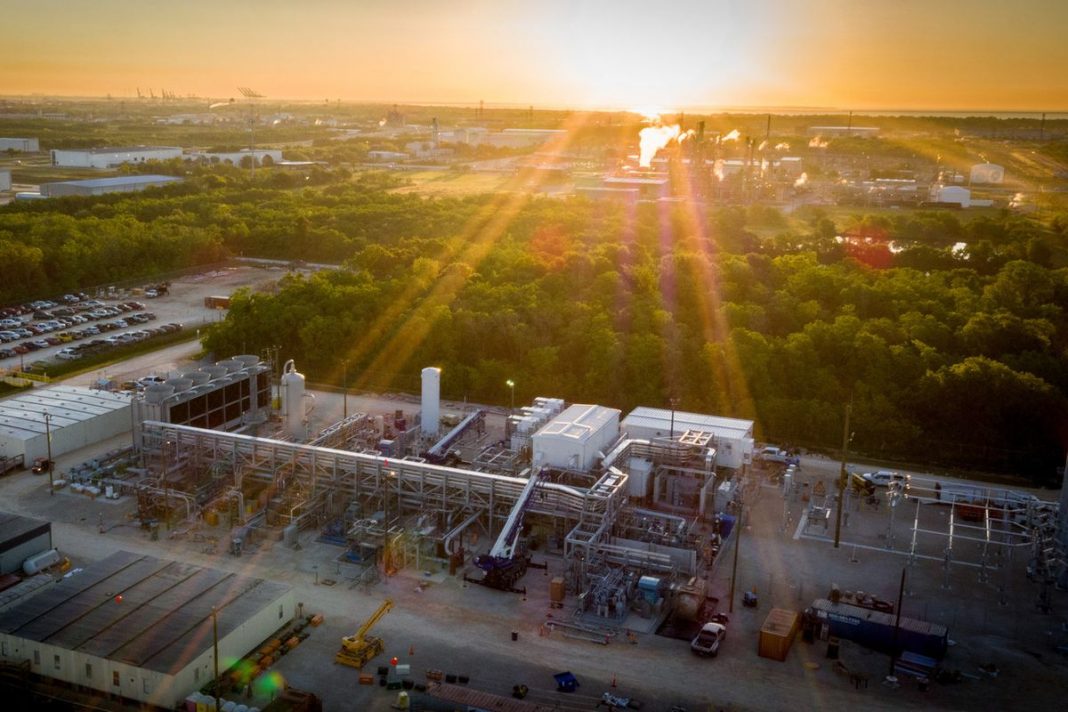The first several months of 2022 saw reports released by the United Nation’s Intergovernmental Panel on Climate Change regarding the science, impact and mitigation of climate change towards Earth.
To put it simply, if nothing is done to ensure that temperatures do not rise above 1.5°C for the next few years, the consequences will be dire and will most certainly threaten all living things on this planet.
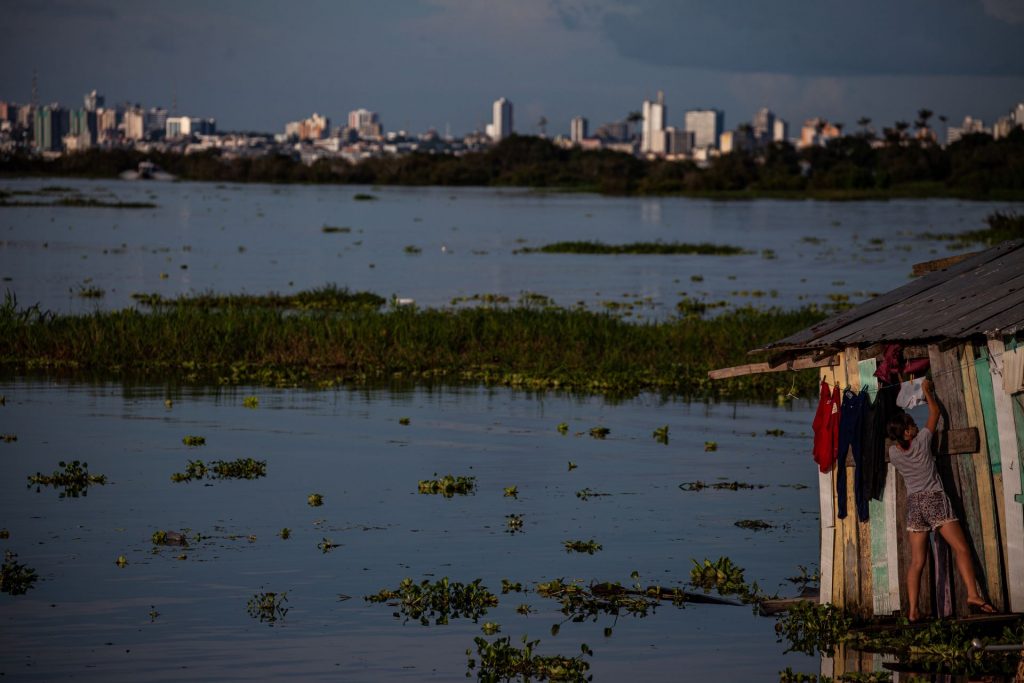
Needless to say, drastic measures are required to tackle this urgent problem and ultimately keep our world liveable for the next many generations.
For some, one such course of action is the deployment of an integrated suite of technologies capable of capturing carbon dioxide (CO2) before it is released into the atmosphere, then transporting and storing it safely underground.
This combination of technologies makes up carbon capture and storage (CCS), and is said to be proven in reducing CO2 emissions in energy systems, as it has been used commercially worldwide since the early 1970s.
CCS can be utilised on fossil fuel or biomass power stations, as well as heavy industries – including petrochemicals, oil and gas, iron, steel and cement – where CO2 is emitted. At present, this can be implemented either through direct air capture or bio-energy with CCS.
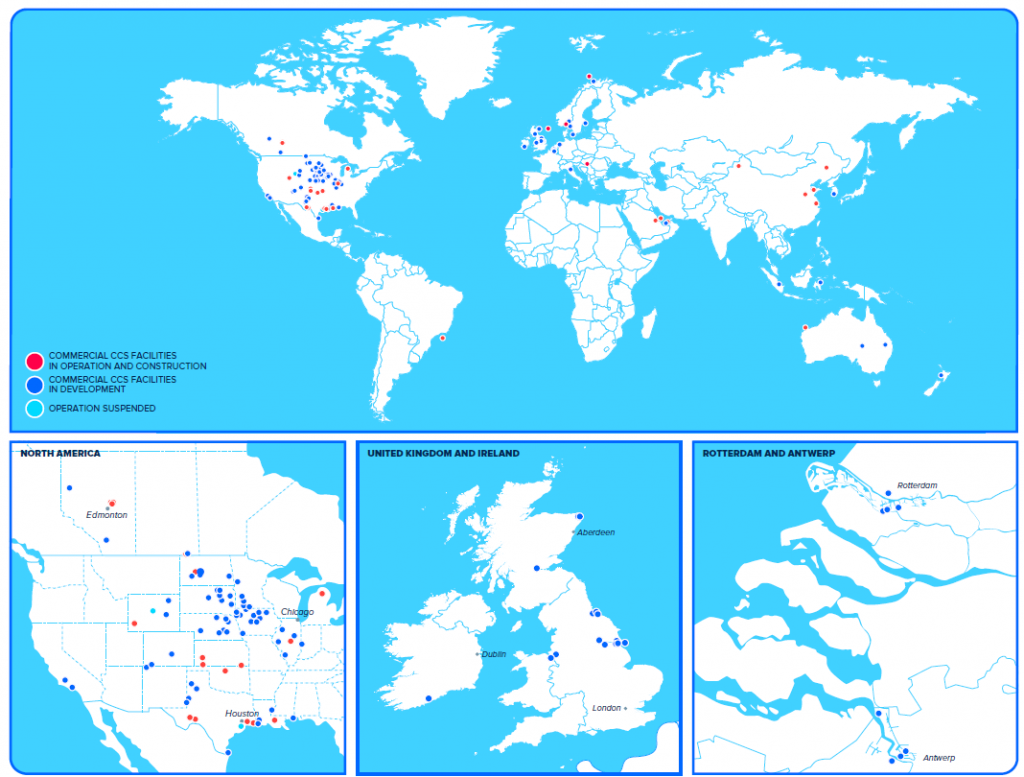
Facilities with incorporated CCS solutions can capture nearly every CO2 produced; some, as noted by non-profit research institution Resources for the Future, can do so by between 90 and 100 per cent.
According to the Global CCS Institute, these account for nearly 30 plants that are either in operation or under construction, with the capability of capturing up to 40 million metric tonnes of CO2 per annum (Mtpa) (as of 2021).
Furthermore, more than 100 new industrial CCS projects have been in development in various stages across numerous sectors around the world over the past few years.
This accelerated growth, the International Energy Agency (IEA) notes in its report on this technological process, is due to intentions of fulfilling climate goals by governments, and an increasingly attractive investment environment for corporate entities.
It also observed that greater diversity in CCS projects for industrial applications has become prevalent as countries strive to achieve carbon neutrality by 2050.
“While natural gas processing makes up three-quarters of operating industrial (CCS) capacity, roughly 50 per cent of projects under development are dedicated to hydrogen and bio-fuel production.
“(CCS) deployment in iron, steel and cement facilities is also increasing, totalling eight per cent of the development pipeline,” elaborates the agency.
However, it laments that current deployment of CCS might not be sufficient to reach the Net Zero Emissions by 2050 Scenario level of close to 1,150 Mtpa by 2030 (370 Mtpa in industrial applications; 775 Mtpa in fuel transformation).
“Targeted support for lower-cost and less complex industrial (CCS) applications, along with greater investment in CO2 transport and storage infrastructure, could unlock significant near-term emissions reductions,” states the IEA.
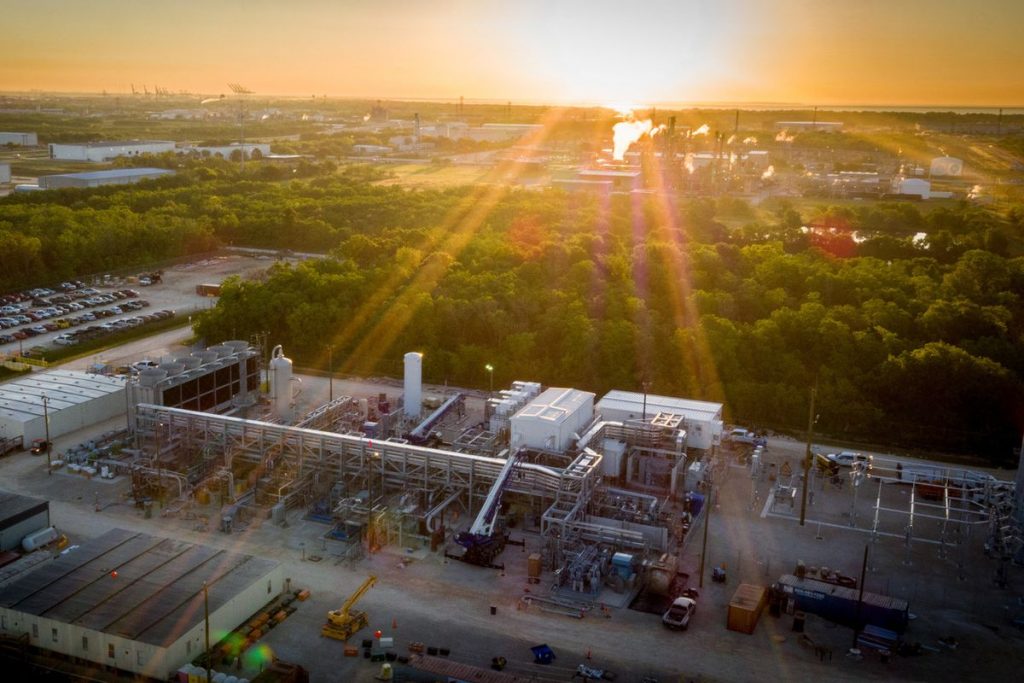
Relatively, the Global CCS Institute opines that governments need to set clear policies to enable more CCS investments, “ranging from support for geological storage assessments to creating financial incentives for the permanent storage of carbon dioxide.”
Establishing Foundation for CCS Development
In recent years, countries in Southeast Asia have begun their exploration on CCS technologies.
Malaysia through Petroliam Nasional Berhad (Petronas), for example, is gunning to become the region’s major hub for CCS solutions through a number of initiatives; one being to begin operation of phase two of the Kasawari project – the country’s first CCS development – in 2025.
The national oil and gas company has also been signing memorandum of understandings (MOUs) with energy and heavy industry players such as Shell, POSCO and JAPEX for cooperation in areas concerning CCS.
These MOUs are essential in boosting technological developments, and more importantly in establishing a CCS ecosystem that brings together relevant stakeholders with the technological and commercial expertise.
Malaysia’s pursuit to be at the forefront of CCS in Southeast Asia follows Petronas’s discovery of potential CO2 storage capability at 16 of the country’s depleted offshore oilfields that has an estimation of over 46 trillion cubic feet. Five of these are located off the shore of Peninsular Malaysia, while the remaining ones are off the coast of Sarawak.
For the Land of the Hornbills, which is in the midst of transforming and pushing towards becoming a sustainable energy powerhouse through its exploration of green energy such as hydrogen, it is an advantage it cannot afford to miss.
In fact, the State has passed the Land Code (Amendment) Bill, 2022 in May this year in order to gain a better position to develop CCS “as a powerful mitigation technology towards low-carbon economy”, said the Premier of Sarawak YAB Datuk Patinggi Tan Sri (Dr) Abang Haji Abdul Rahman Zohari bin Tun Datuk Abang Haji Openg.
“(CCS) goes beyond fossil fuel applications and contribute to emissions reductions of the power and industrial assets, while underpinning new economic opportunities associated with the production of low-carbon hydrogen and ammonia,” he said during the Sarawak-Korea Business Forum 2022 in June 2022.
Like Petronas, Sarawak is seeking regional and international partnerships to explore potentials of the technologies to ensure its energy security and reliability.
It also intends to play its part in fast tracking socio-economic growth in Southeast Asia as the region motions towards net-zero emissions.
For that, the State appreciates any cooperation with countries that have the technological expertise like South Korea, which the Premier believed will lead to more rapid and efficient CCS deployment for the development of carbon transport and storage infrastructure.
“Together, I believe there are plenty of exciting opportunities we can capture and realise. And together, we can press on in our charge towards addressing climate change and creating a sustainable energy future for us all.
“We assure you that we have put in place robust policies and procedures to ensure integrity, transparency and good governance that will certainly improve the ease of doing business in Sarawak,” he expressed.
How does CCS work?
In general, there are three major steps in capturing and storing CO2:
Step 1: Capture
This involves separating CO2 from other gases produced at biomass or fossil fuel power plants, or CO2-intensive industry facilities.
There are several options for this purpose; among the most common are post-combustion carbon capture, pre-combustion carbon capture, and oxy-fuel combustion systems.
Step 2: Transport
Upon separation, CO2 is compressed and deeply chilled into fluid for transportation to a site suited and safe for geological storage, whether through pipelines, ships, trucks or other methods.
Step 3: Storage
This requires injecting CO2 deep underground, i.e. into rock formations at depths of one kilometre or more, for permanent storage and isolation from the atmosphere. Other options for carbon storage include former oil and gas reservoirs, deep saline formations and coal beds.
Sources: Global CCS Institute; Resources for the Future; European Commission
Barriers to CCS Deployment
While CCS is said to be instrumental for countries worldwide to meet their climate targets in conjunction with renewable technologies, there are a number of barriers to its deployment.
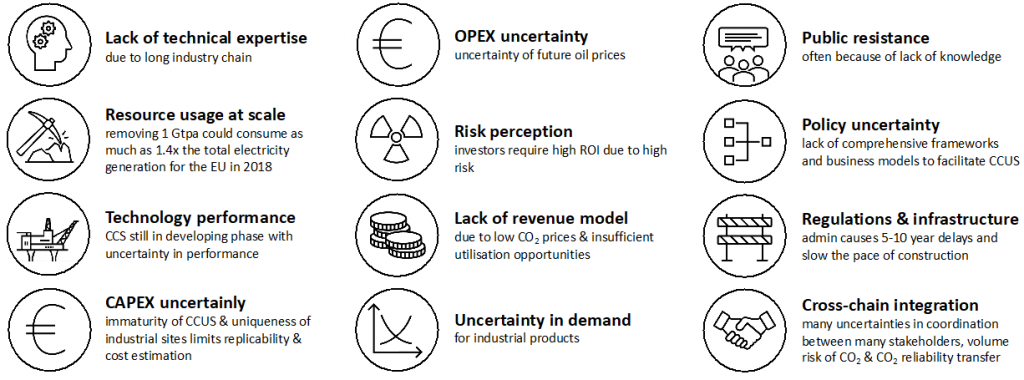
According to the European Commission, among them are the high cost of carrying out the integrated system, particularly the capture component, and low commercialisation of novel CCS technologies.
It adds that many CCS projects have failed to progress far due to “the lack of a robust business case, lengthy and complex implementation and lack of public acceptance and support.”
Furthermore, in a July 2022 report by researchers from Imperial College London, there appears to be an overestimation in current reported rates of CO2 capture between 1996 and 2020, suggesting inaccuracy in CCS’s contribution in tackling climate change.
Thus, to truly gauge the technological process’s capability and ensure that it can support global efforts to meet climate mitigation strategies, the researchers propose for governments to establish a centralised framework for more robust and accurate reporting.


